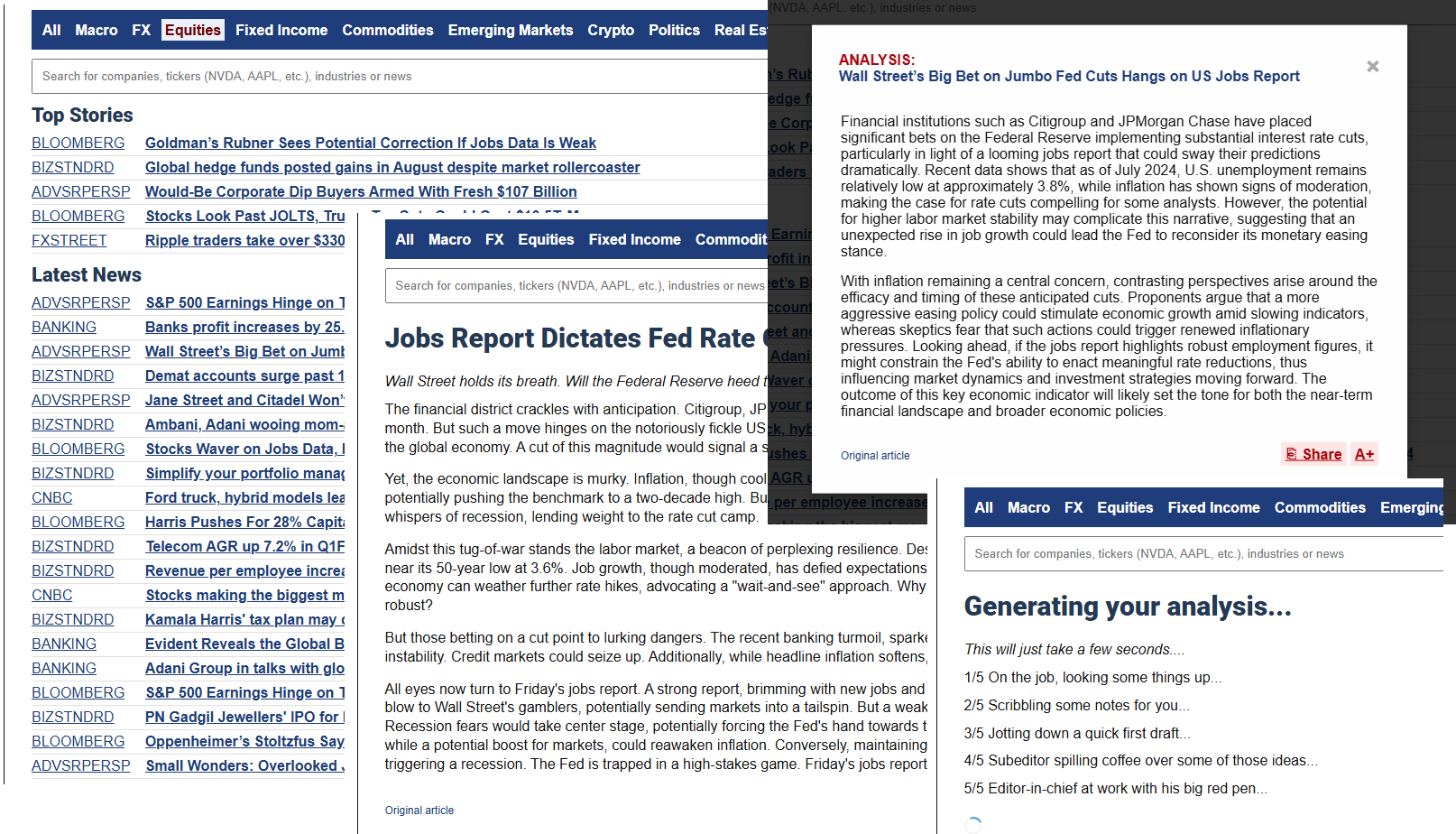China Banks in Pacific Take Over as Australia Exits
China's expansion into the Pacific banking arena coincides with Australian banks pulling out, driven by soaring costs and a pivot to digital solutions. This shift is more than economic; it's geopolitical. Chinese state-backed banks provide stability and solutions for Pacific islands, aligning with China’s broader Belt and Road Initiative (BRI). As Western banks emphasize digital transformation, abandoning costly physical operations, China's banks offer a different appeal: the promise of infrastructure investment and economic stability in a region facing financial uncertainty. Correspondent banking, essential for connecting smaller banks to the global financial system, has receded due to high regulatory and compliance costs. Australia's retreat leaves Pacific nations with fewer options, presenting China with an opportunity to expand its influence. Critics worry about economic dependency and loss of sovereignty for these island nations, citing China's opaque financial practices. Yet, proponents see enhanced banking services and substantial capital influx for development. This development demonstrates a significant shift in global banking trends, emphasizing digital over traditional models and revealing divergent national strategies. Analysts argue that Australia’s pullback may destabilize financial stability and economic growth in the Pacific, while China's involvement could bring much-needed investment. However, safeguarding economic independence will rely on robust regulatory frameworks within these nations. As the world sees shifts in geopolitical strategies, such as the digital pivot of Australian banks versus China's infrastructural approach, the financial future of the Pacific hangs in the balance. Observations from broader trends—like the intense public sentiment in Jordan influenced by the ongoing Gaza conflict—reveal the tight interplay between geopolitical movements and local politics. In another domain, the surge in the fly control chemicals market, driven by urbanization and waste generation, highlights the broader environmental impacts of industrial growth. In India, extreme weather in Odisha due to deep depression formations points to climate change's increasing toll, affecting agriculture and daily life. Portfolio stocks reflect the economic complexities exacerbated by post-pandemic challenges, similar to the S&P 500’s varied performances. Within Afghanistan, internal strife within the Taliban exposes the fragile state unity, potentially destabilizing further with new restrictive laws. These elements underscore the multilayered impacts of geopolitical strategies on global economics. China’s intricate steps in Pacific banking, contrasted with Australia’s digital strategy, serve as a case study in how distinct national policies shape regional and global economic landscapes. These developments reflect the ongoing evolution within international financial systems and act as critical points for future economic and political analysis.
AI-Powered trading insights: join our email list
Real-Time Market Analysis
Get instant insights on market trends, news impact, and trading opportunities.

